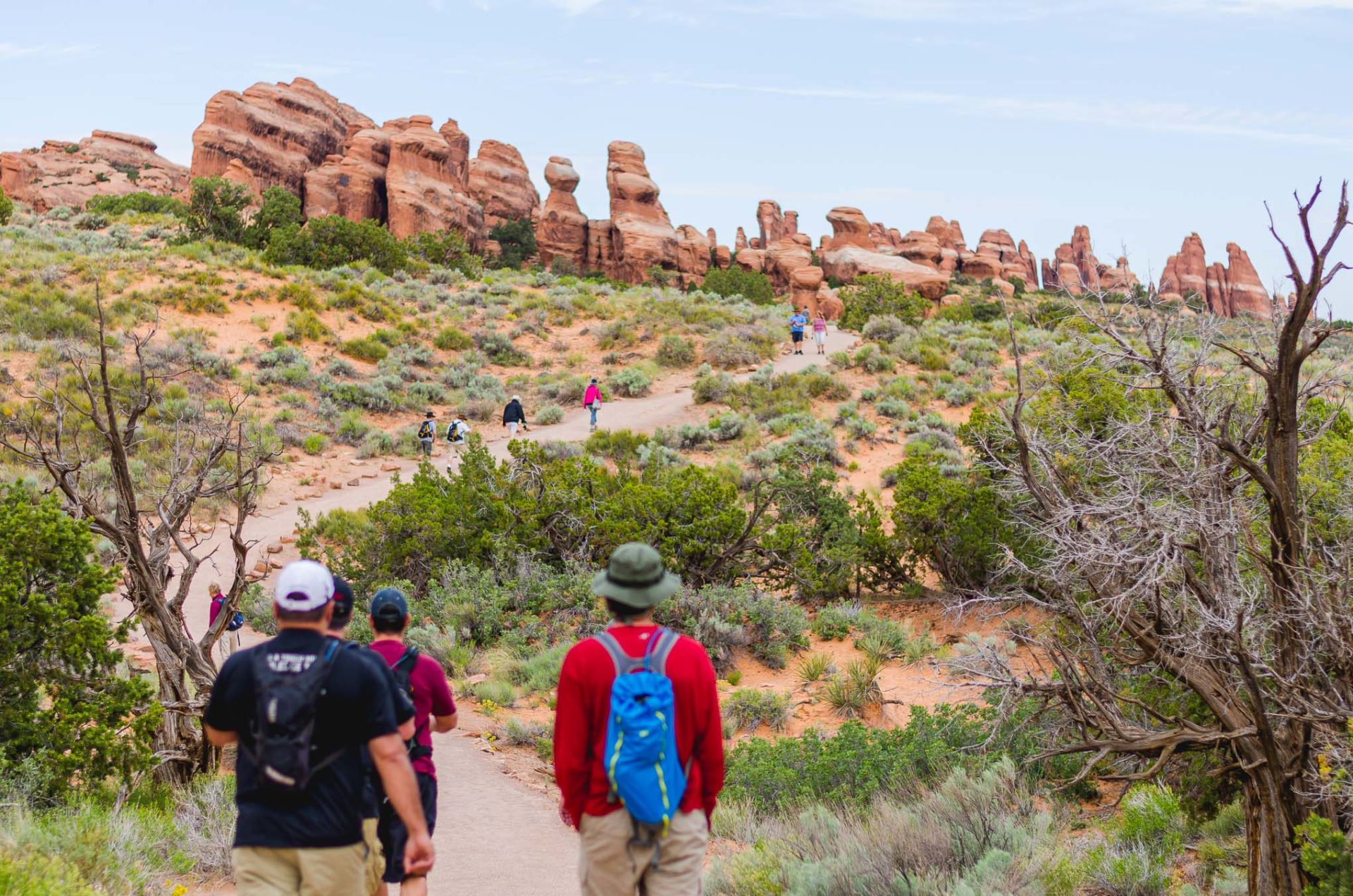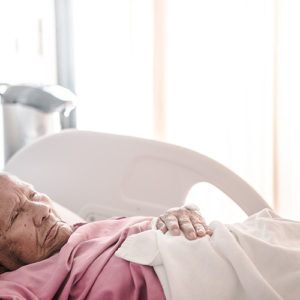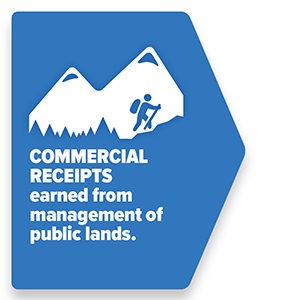In mid-March, the outlines of the risks from COVID-19—uncertain just days earlier—became starkly clear as thousands of tourists descended on the recreation hub that is Moab, Utah. The community has only three critical care beds and visitors were flocking from metro areas and Colorado resorts where clusters of infections had already appeared. The county health department pleaded with the city and county to close hotels and campgrounds and ask people to go home. The order to evacuate campgrounds and close hotels was delivered March 17.
Moab’s concern is justified: rural recreation counties experienced rates of infection four times higher than other rural counties early in the spread of the virus. Colorado’s cases rose first in mountain resorts where tourists converge from across the globe and wealthy urbanites sought refuge in second homes and vacation rentals. It is not a surprise that other recreation hubs such as Bozeman, Montana, and Sun Valley, Idaho—with busy airports, ski areas, and access to public lands—are the epicenters of COVID-19 cases in western states.
Stresses on rural health care are compounded for communities that rely on public hospitals
Rural recreation counties are not only more exposed to risks of spread early in the pandemic, they are also less able to respond for a variety of reasons. Even before the global pandemic, many rural hospitals were already stretched thin, providing care to aging populations, victims of the opioid crisis, and families struggling from rural economic transitions. Rural hospital closures accelerated in the last decade and continue today.
Across rural areas, hospitals are organized as for-profit, nonprofit, or public entities. Public entities include hospitals and health care districts that are owned by counties and local health districts, meaning they depend upon general tax revenue as part of their funding. Private and nonprofit hospitals do not. Public hospitals, therefore, are challenged by volatile local revenue—particularly in rural recreation communities hardest hit by social distancing policy and travel restrictions—and limitations placed on the ability of local governments to grow their budgets and save for emergencies.
In the United States, 483 counties (15%) have only public, locally funded hospitals. Nearly a third of rural counties with hospitals rely entirely on public hospitals funded by local governments. (This number is 53% in rural recreation counties in the West.) Local health services are often delivered by local governments in rural communities where low patient volume makes a for-profit model cost-prohibitive. Public hospitals and health districts are a critical component of the U.S. health care system. They are the front line and in many rural counties the only critical care and public health provider.
The authority of locally funded public hospitals and health districts to levy taxes is limited. Like all local governments, they are limited by state-imposed restrictions on the ability of local governments to generate revenue, on what they are allowed to spend revenues on, and on saving for the future. These limitations are the result of anti-tax sentiments. In general, local governments cannot deficit-spend, cannot save funds for downturns or emergencies, and their tax revenue is exposed to volatility, particularly in communities dependent on tourism-related revenue.
Fiscal solutions are needed
One-time relief payments will help—especially if payments are flexible and immediate so that state and local governments can adapt the aid packages to suit their unique and uneven needs. But even as near-term solutions are crafted, long-term strategies for resilience should be incorporated. We propose three high-priority strategies:
- Relief cannot be based on population alone. Assistance to states in the CARES Act is largely based on population, meaning it is not directly responsive to counties imperiled by an influx of tourists and second-home owners. Future relief packages that include infrastructure or additional state and local government aid should address the needs of rural recreation counties that are limited by capacity, distance, and already strapped economies as well as the additional burden of providing services and constructing infrastructure sufficient to meet the needs of the residents plus the visiting population.
- Relief should begin to implement long-term solutions for rural places. Public lands attract visitors and those seeking respite from the pandemic in urban areas. The federal government already compensates local governments for nontaxable status of federal lands through programs such as Payments in Lieu of Taxes (PILT) and Secure Rural Schools (SRS). These payments are ideally suited to deliver assistance to rural counties with limited tax bases and high demand for services due to recreating tourists, but they are funded either with commercial receipts such as mineral royalties that dive during recessions, or by annual appropriations that are uncertain and have declined or expired. A long-term fix for SRS was discussed for the CARES Act but was ultimately left out. Similar discussions to reform PILT’s population threshold are needed and can help account for tourism-related impacts on gateway communities. Stability and savings for local governments could also be generated by establishing a federal permanent mineral trust fund that would cushion annual revenue-sharing payments.
- States should not wait to reform their fiscal structure. Even before federal relief and stimulus funds are spent, states should rethink how local governments are permitted to finance services and build capacity to better deal with health emergencies, natural disasters, and economic transitions. Montana has two interim committees studying the state’s tax structure. Other states—including Colorado, Utah, Washington, and Wyoming—also began fiscal studies or reforms before the outbreak. Their work is more important now than ever.
Economists and public health experts are rightly saying that the top priority for the economy is to stop the spread of the virus. In fact, faster and more significant shutdowns could result in quicker economic recovery once the pandemic is over. But once the crisis has passed, Moab and other rural recreation counties will need visitors to return. When they do, we must be prepared with new public health and fiscal policies that are matched to the risks and rewards faced by rural recreation counties.
A version of this commentary previously appeared as a guest column in the Bozeman Daily Chronicle.
Methods & Data Sources
This analysis uses publicly available federal data from the Department of Homeland Security’s Homeland Infrastructure Foundation-Level Data. We include all general acute-care hospitals and critical access hospitals in the United States, as well as hospitals classified as “special.” Special hospitals include some surgical and specialty hospitals, and smaller hospitals like Wood River Medical Center in Blaine County, Idaho. “Public, Locally-owned” hospitals include the 939 hospitals around the United States that are identified as owned by either local government or a government district or authority.







